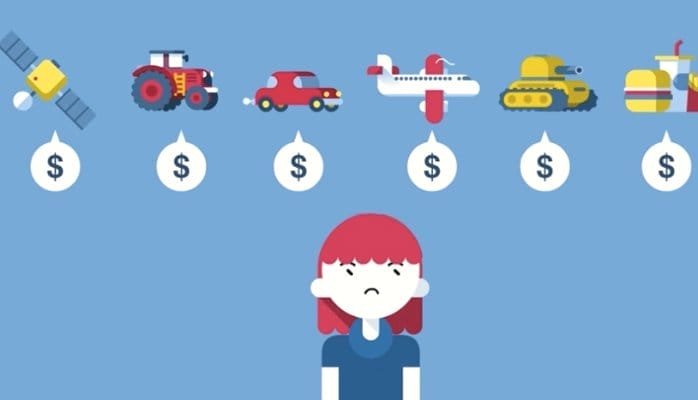Last week’s Democratic National Convention, like the Republican National Convention the week before, was largely political theater—more infomercial than thought leadership. The problem with all the theater is that it crowds out, if not shuts down, any attempt at reasoned analysis of the big issues in this election.
Take the example of undocumented migrants: what to do about unauthorized immigration is one of the most incendiary issues in the presidential election. Donald Trump proposes deporting them all, and wants to build a wall at the Mexican border. Hillary Clinton is increasingly focusing on a comprehensive pathway to legalization.
There are 11+ million people living in the U.S. who either came here without a visa or have stayed after their visas expired. Most of the adults in this group work, and many of the kids go to school. Many families pay taxes, even though they don’t get the benefits residents receive.
Using our newly launched Penn Wharton Budget Model, which gets under the hood on big issues, we found that legalizing unauthorized immigrants (consistent with Clinton’s position) would actually have very little impact on jobs or employment. But if we increase deportations by just 10% per year, by 2020 U.S. employment will drop by nearly 2 million people and GDP will plummet by $200 billion.
The reasoning behind our analysis of deportation is straightforward. Undocumented migrants are already extensively integrated into the economy, so legalizing them wouldn’t have much impact on the economy. Over the very long run, unemployment would actually decline, because undocumented migrants would be able to find jobs that better match their skills. Conversely, there would be a significant cost to large-scale deportations because many undocumented migrants today work and, if they are deported, there will be fewer workers contributing to economic growth.
If you don’t believe me on the economy and undocumented immigration, you don’t have to take me on faith. I invite you to run different policy simulations yourself using our Budget Model. You can also look into other aspects of immigration policy, including the economics of high-skilled worker migration.
In creating the Penn Wharton Budget Model, our goal is not to make policy recommendations, or to judge whose proposals are better or worse. Our goal is to say “if you do a, b, and c, the facts tell us you should expect x, y, and z to happen.”
We kept three core tenets in mind to make our work more useful, relevant, and easy to understand:
- Focus on the big issues: We have analyzed immigration and social security, and plan to launch an analysis of tax reform in the fall;
- Estimate impact on the big outcomes: We focused on the impact of different policy choices on the federal budget, economic growth, and jobs and employment;
- Empower users: You don’t need to be an econometrician to use our model – just slide dials on our web interface to see different outcomes. We have done the hard work using cloud computing to anticipate the literally thousands of different data runs (stochastic simulations) on national individual and household-level data.
In an upside down world where Democrats are the party of security and the status quo and Republicans are the party of change and anti-globalization, it is more important than ever to anchor the political debate in authoritative analysis of the big issues.
Editor’s note: This article was originally posted on LinkedIn on August 3, 2016.
























